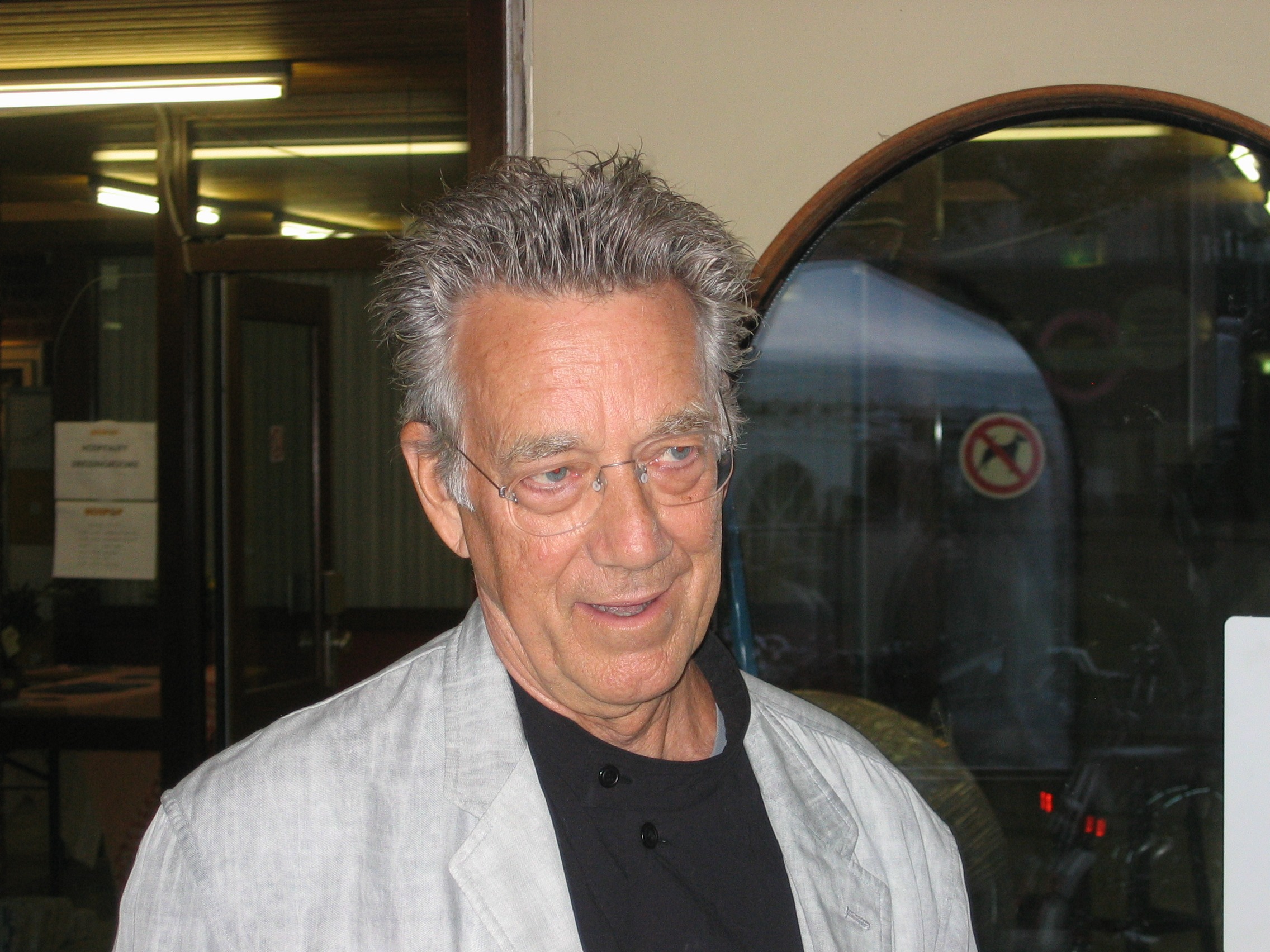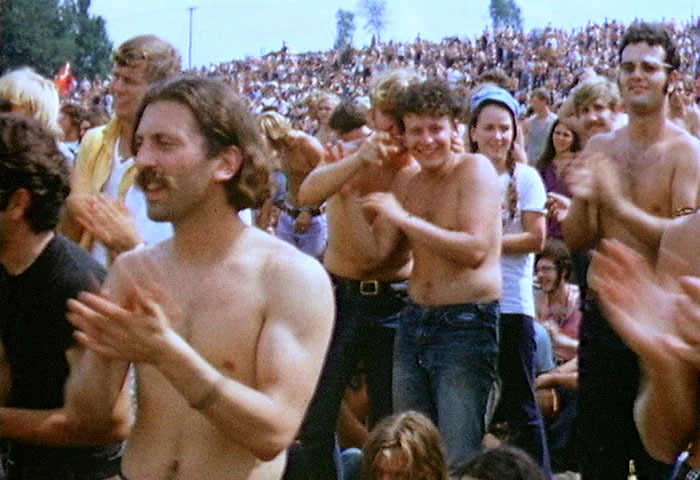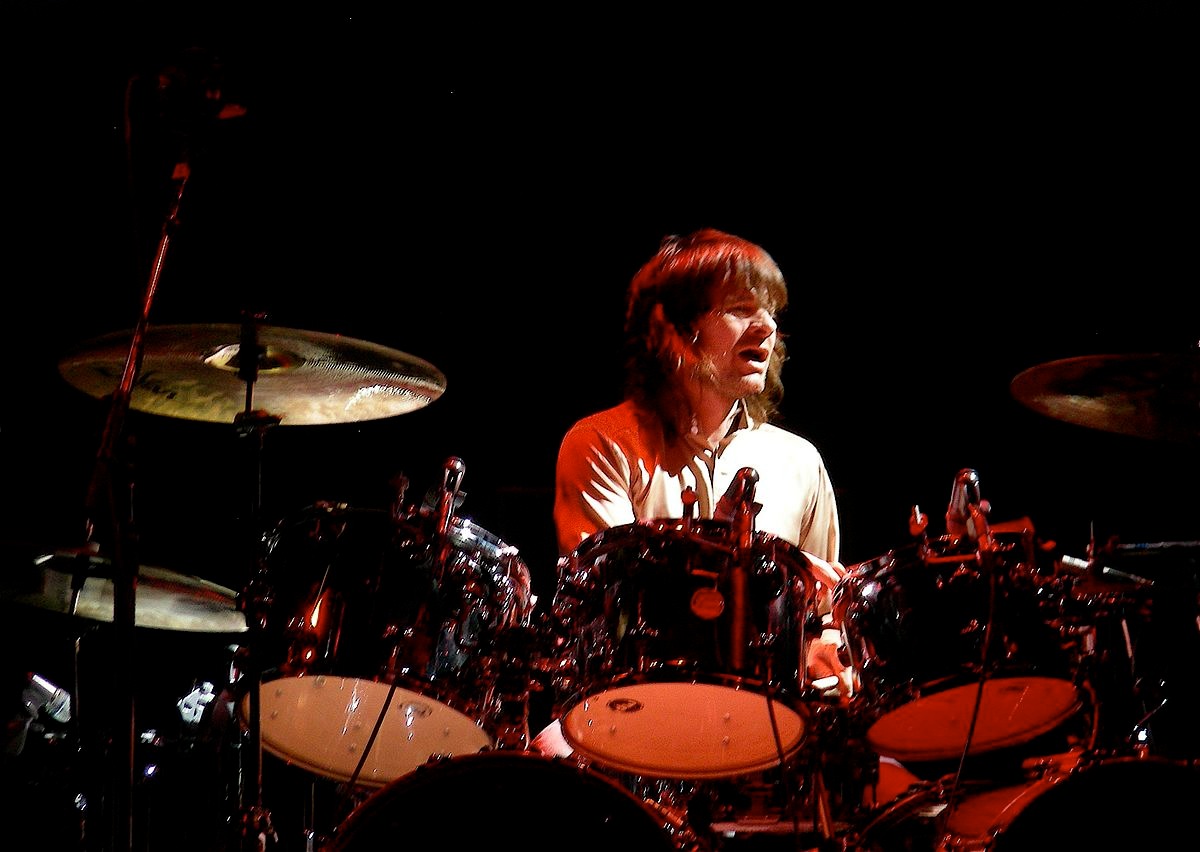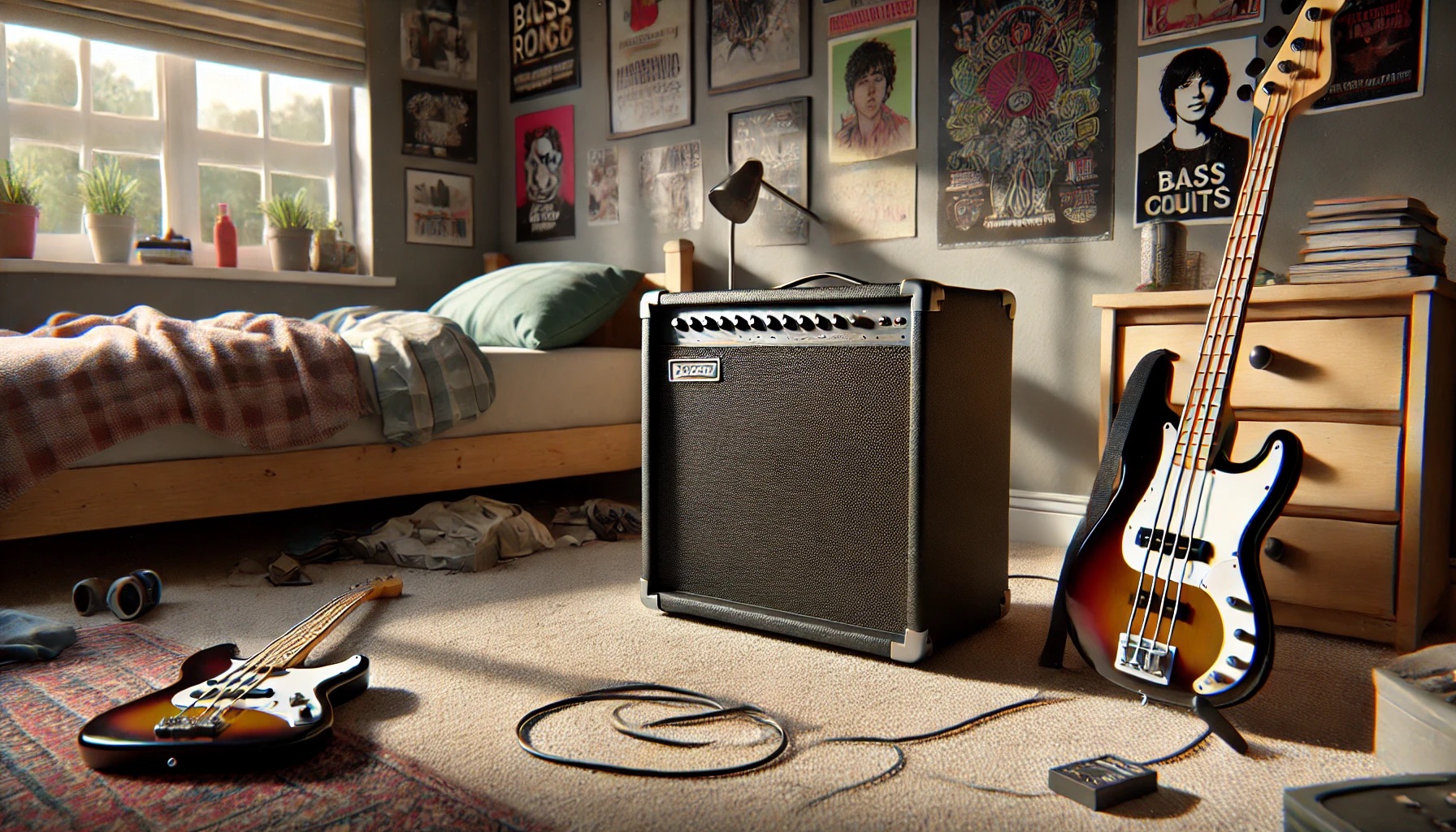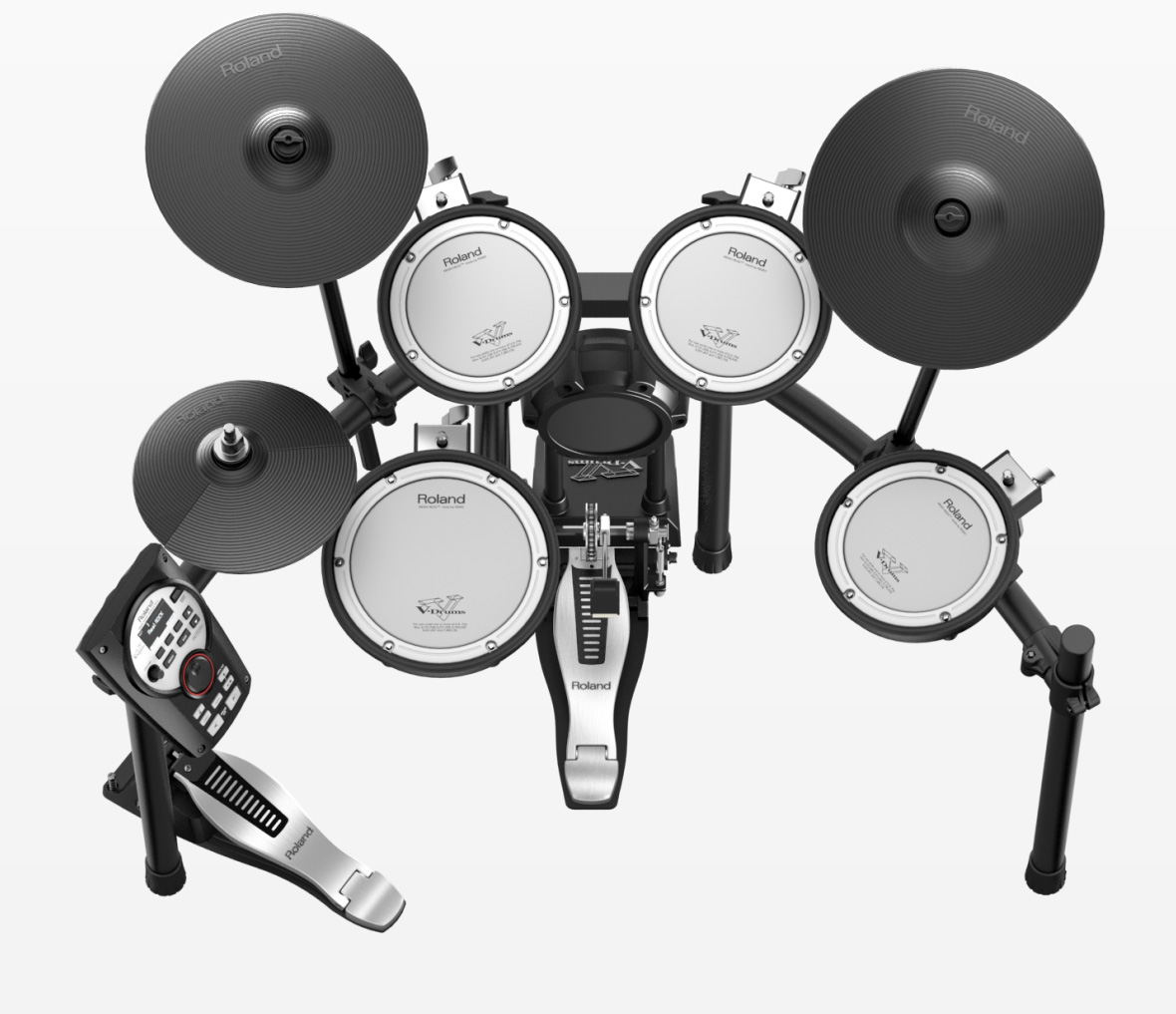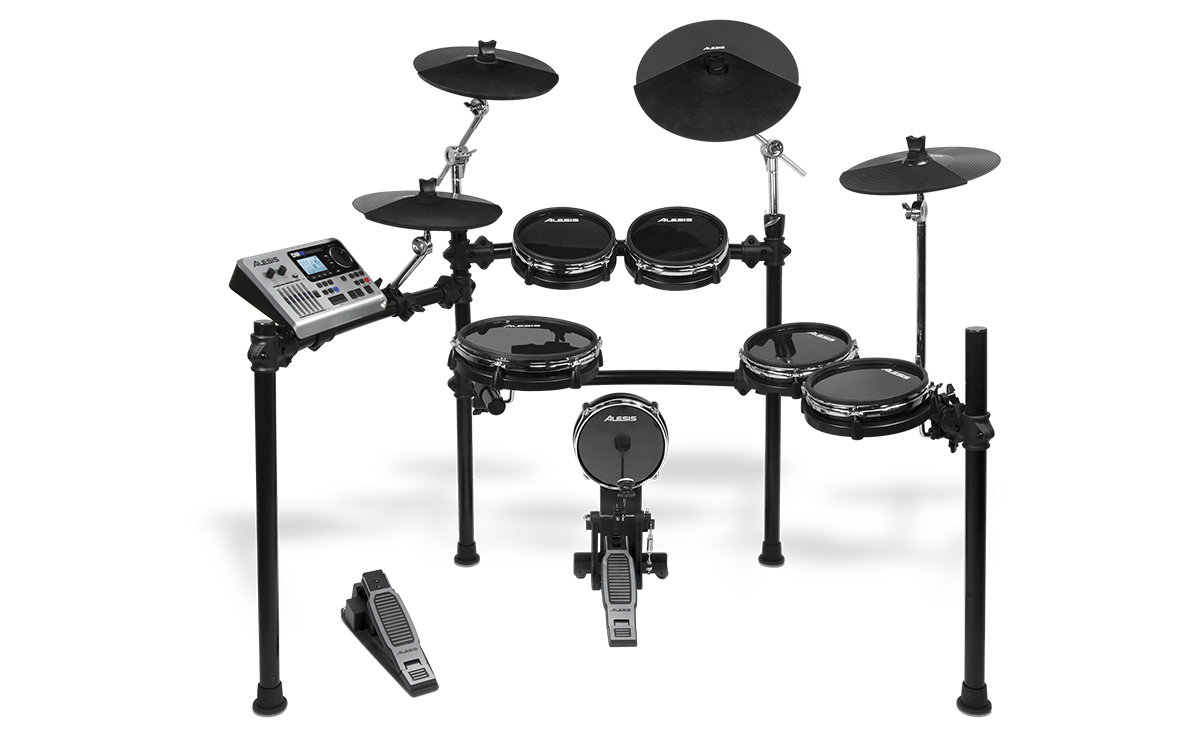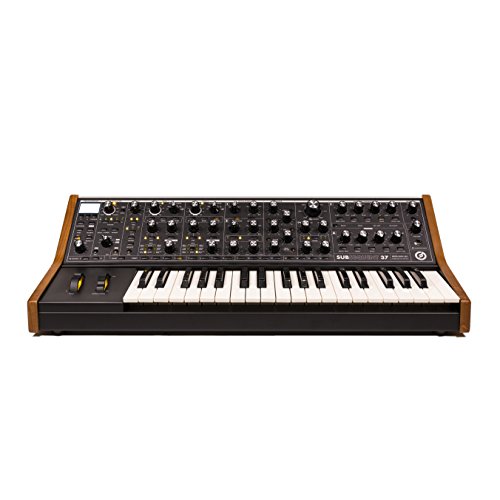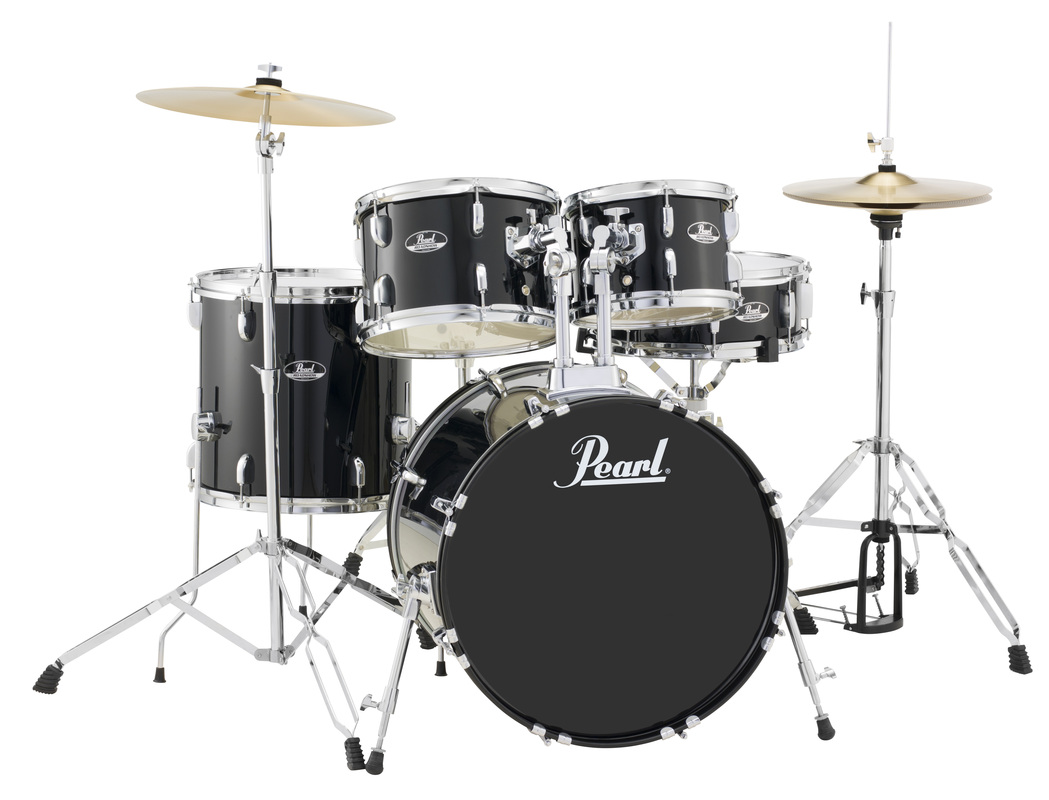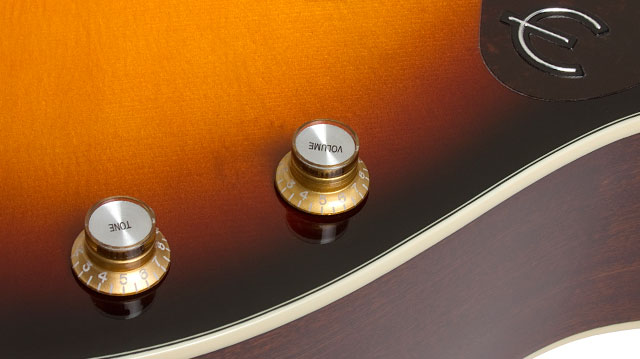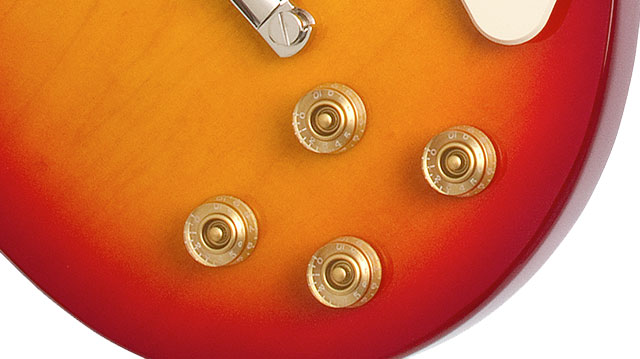Modern artists building careers around laptops and controllers channel something Ray Manzarek pioneered in 1965. The Doors’ keyboardist didn’t just play an instrument—he became a one-man rhythm section anchored by the most distinctive sound in psychedelic rock.
The Setup That Shouldn’t Have Worked
Manzarek’s dual-handed technique replaced an entire bassist while creating The Doors’ signature atmosphere.
Most rock bands needed four or five members to fill out their sound, but The Doors operated like a jazz trio with delusions of grandeur. Manzarek played basslines on a Fender Rhodes Piano Bass with his left hand while constructing those hypnotic, carnival-gone-wrong textures on the Vox Continental with his right. No dedicated bassist. No safety net.
The Vox Continental wasn’t trying to be a Hammond organ—it was the scrappy younger sibling that fit in a van. Its 49 reverse-colored keys (black naturals, white sharps) and drawbar controls created variable flute and reed tones that cut through concert halls like a rusty blade. That signature vibrato could transform from ethereal to unsettling in seconds.
When the Instrument Becomes the Star
The Continental’s reedy buzz provided structural coherence when Morrison’s performances became unpredictable.
Listen to “Light My Fire” and notice what grabs you first. It’s not Morrison’s voice—it’s that cold, ceremonious drone from Manzarek’s Vox. The organ became The Doors’ bloodstream, pumping life into songs even when their charismatic frontman faltered on stage.
The Continental’s “imperfections” were actually features. Its thin, piercing tone and cheap carnival associations created an eerie atmosphere that Hammond’s lush warmth never could. When other bands chased bigger, richer sounds, The Doors embraced the Vox’s haunting limitations.
The Legacy of Less
Manzarek proved that unconventional setups could redefine rock music’s DNA.
By 1967, Manzarek had moved to a Gibson G-101 for some performances—the Vox’s fragile keys couldn’t handle heavy touring. But the damage was done. The Doors had shown that a single keyboard could anchor a major rock act while creating sounds no traditional lineup could match.
This setup influenced countless artists who discovered that constraints breed creativity. The Doors proved that sometimes the most powerful music comes from doing more with less, turning equipment limitations into sonic advantages that traditional lineups couldn’t replicate.


